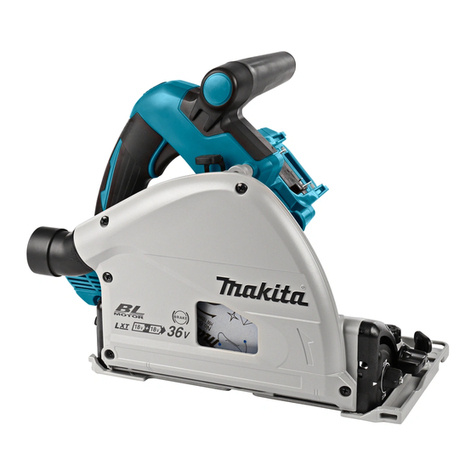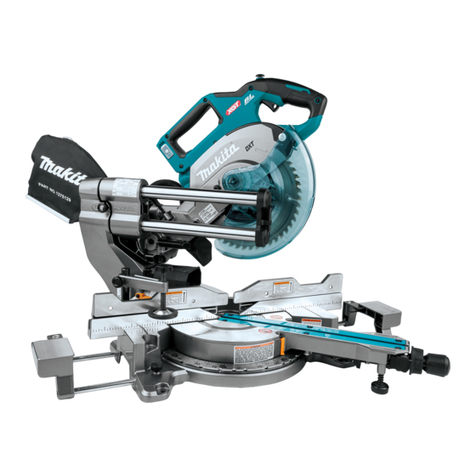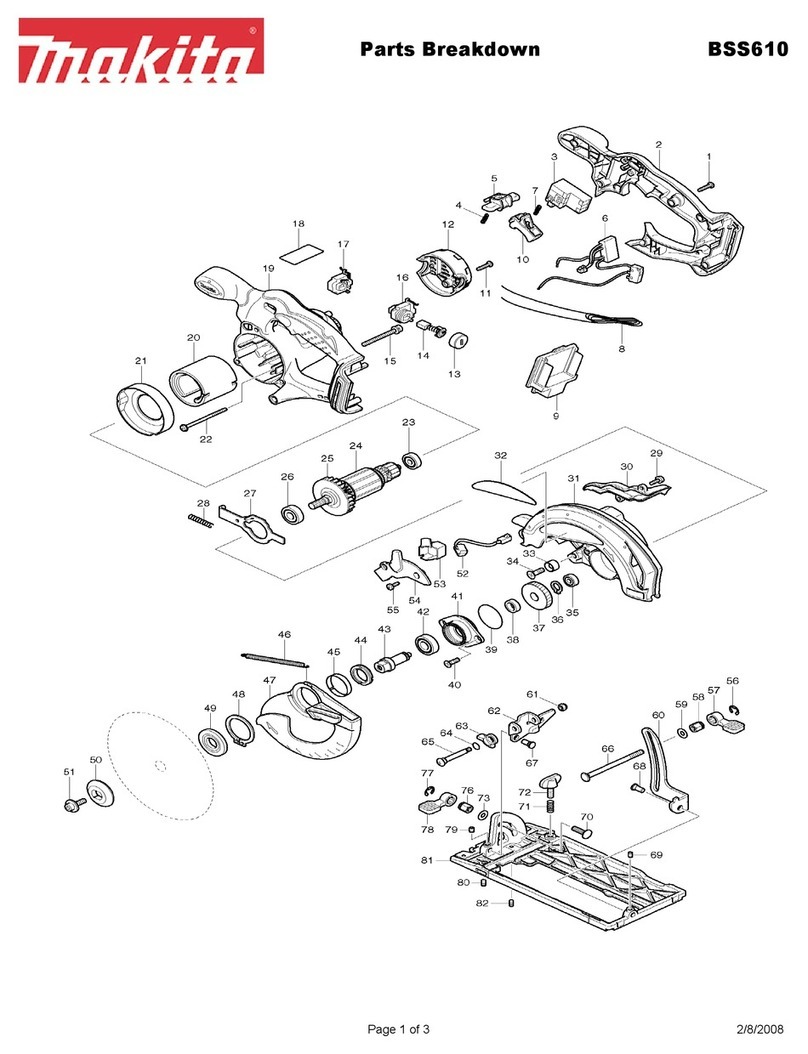Makita LS002G User manual
Other Makita Saw manuals
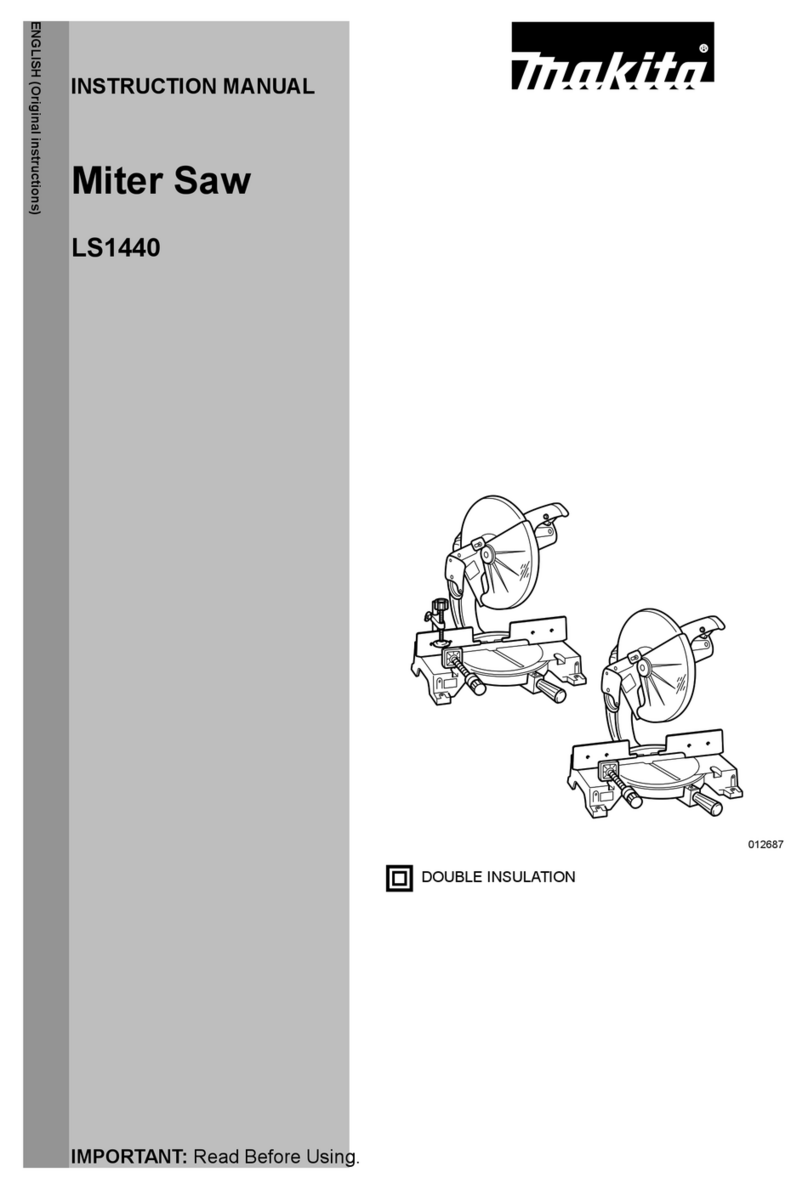
Makita
Makita LS1440 User manual

Makita
Makita 5008B User manual

Makita
Makita 5603R User manual
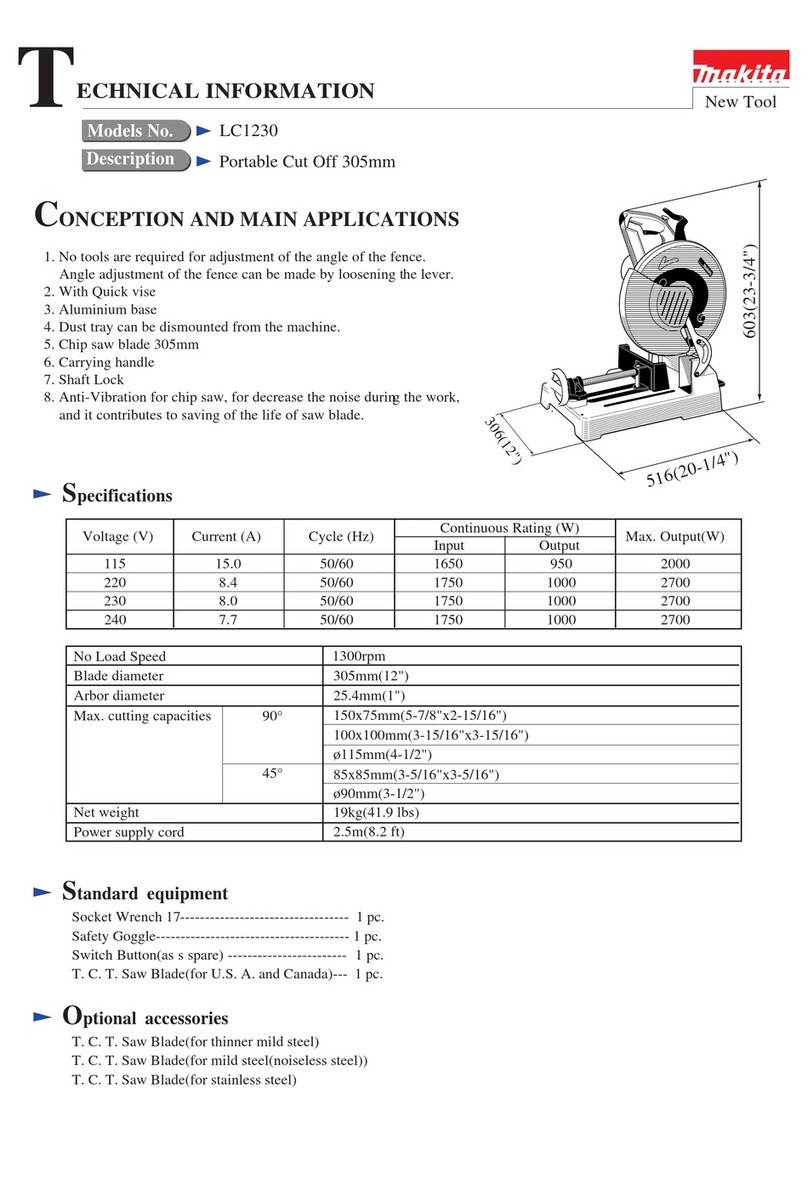
Makita
Makita LC1230 Manual
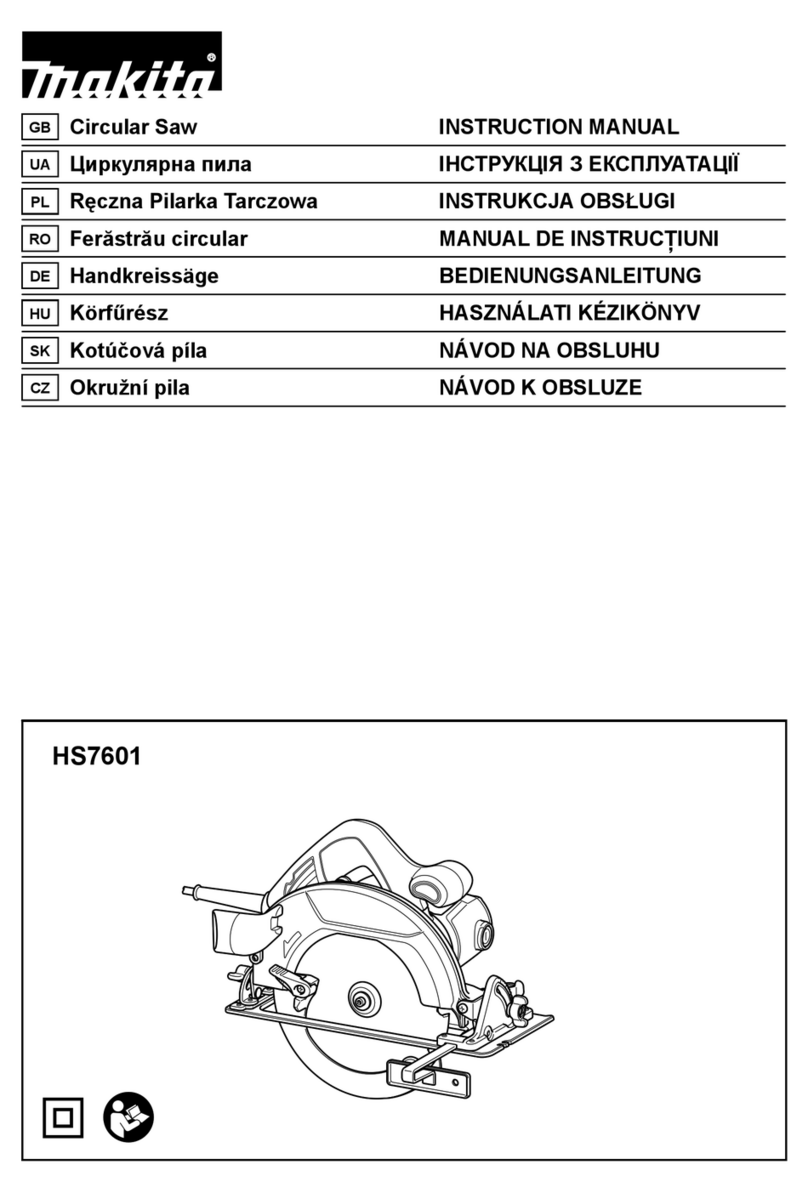
Makita
Makita HS7601 User manual
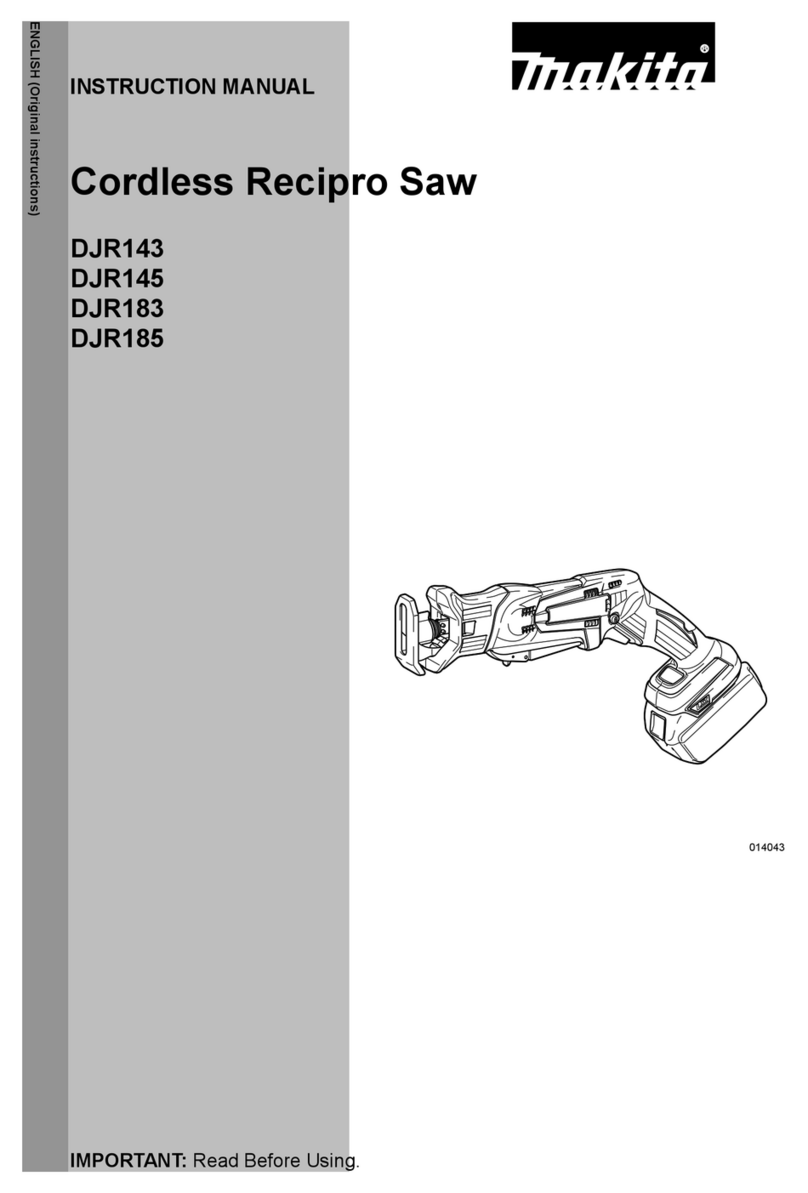
Makita
Makita DJR143 User manual

Makita
Makita 2705 User manual

Makita
Makita SD100D User manual

Makita
Makita 15026DWA User manual
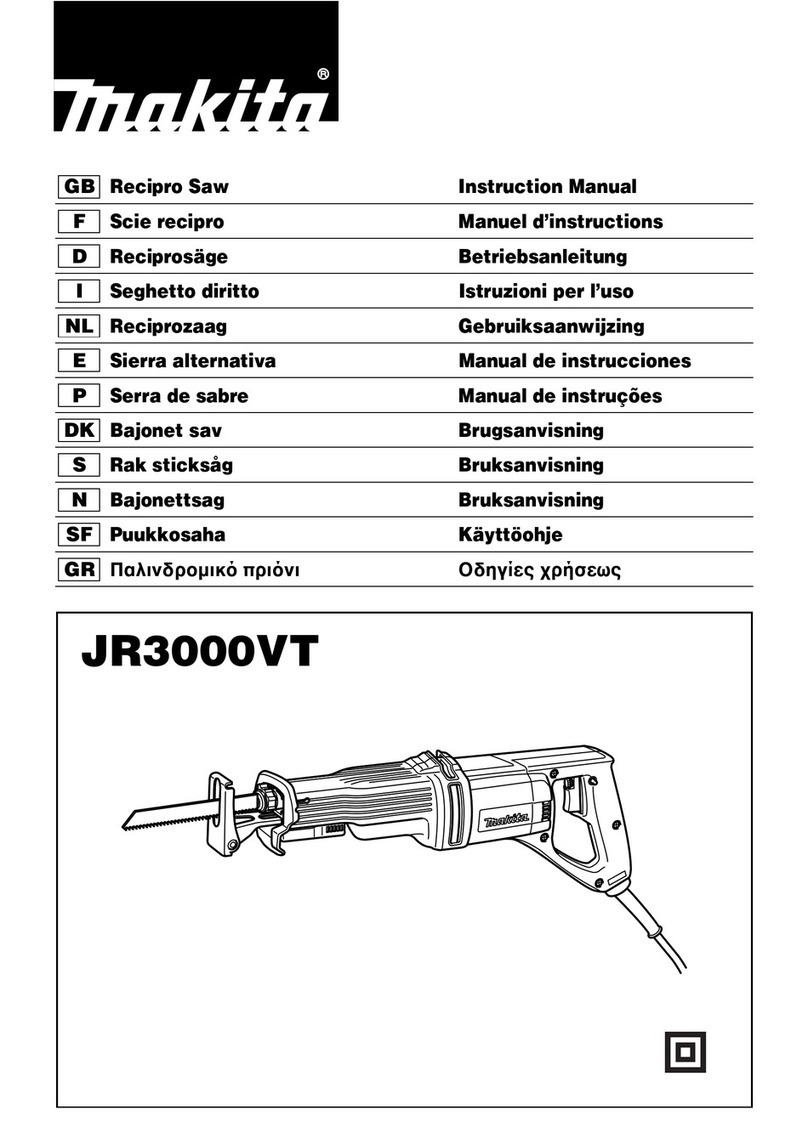
Makita
Makita JR3000VT User manual

Makita
Makita 2414EN Manual
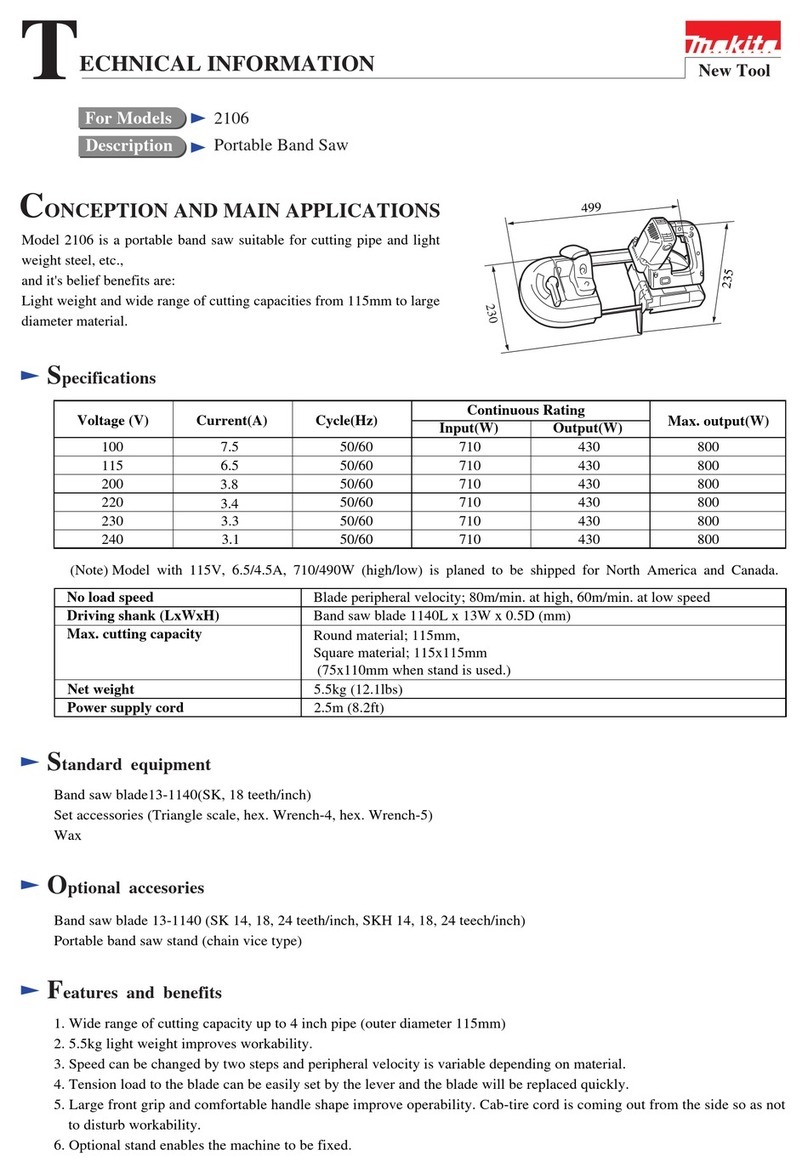
Makita
Makita 2106 Manual
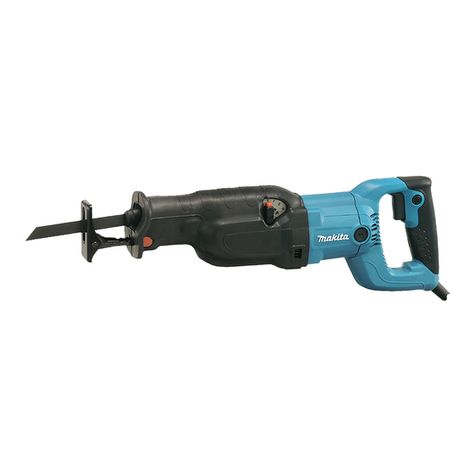
Makita
Makita JR3070CT User manual
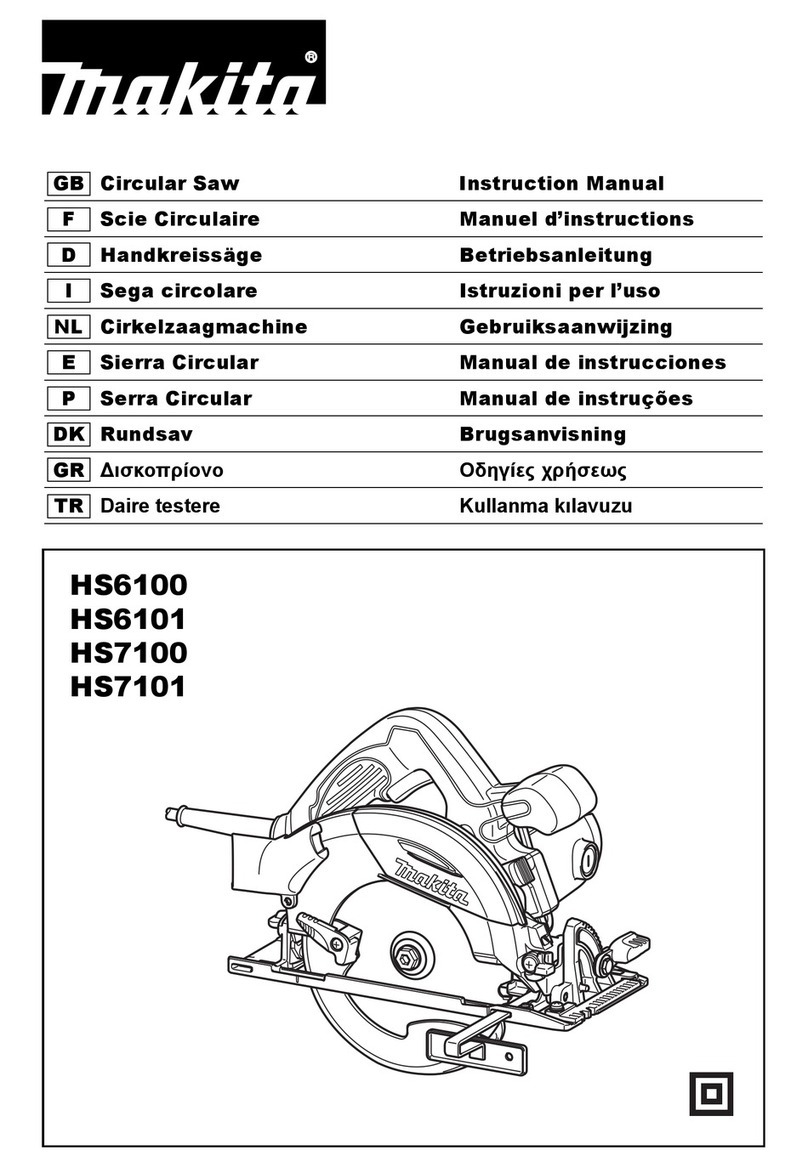
Makita
Makita HS6101 User manual
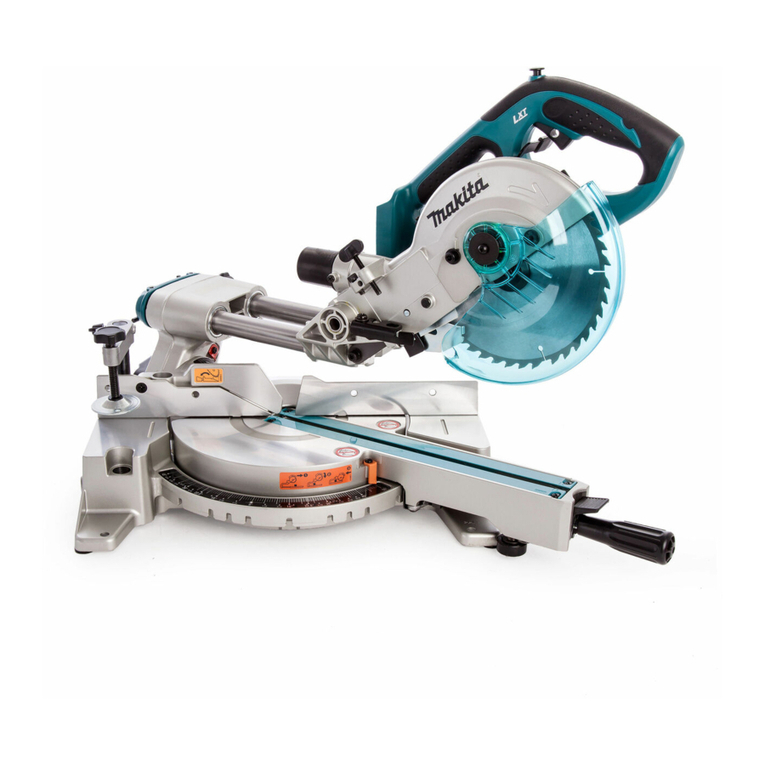
Makita
Makita DLS713 User manual
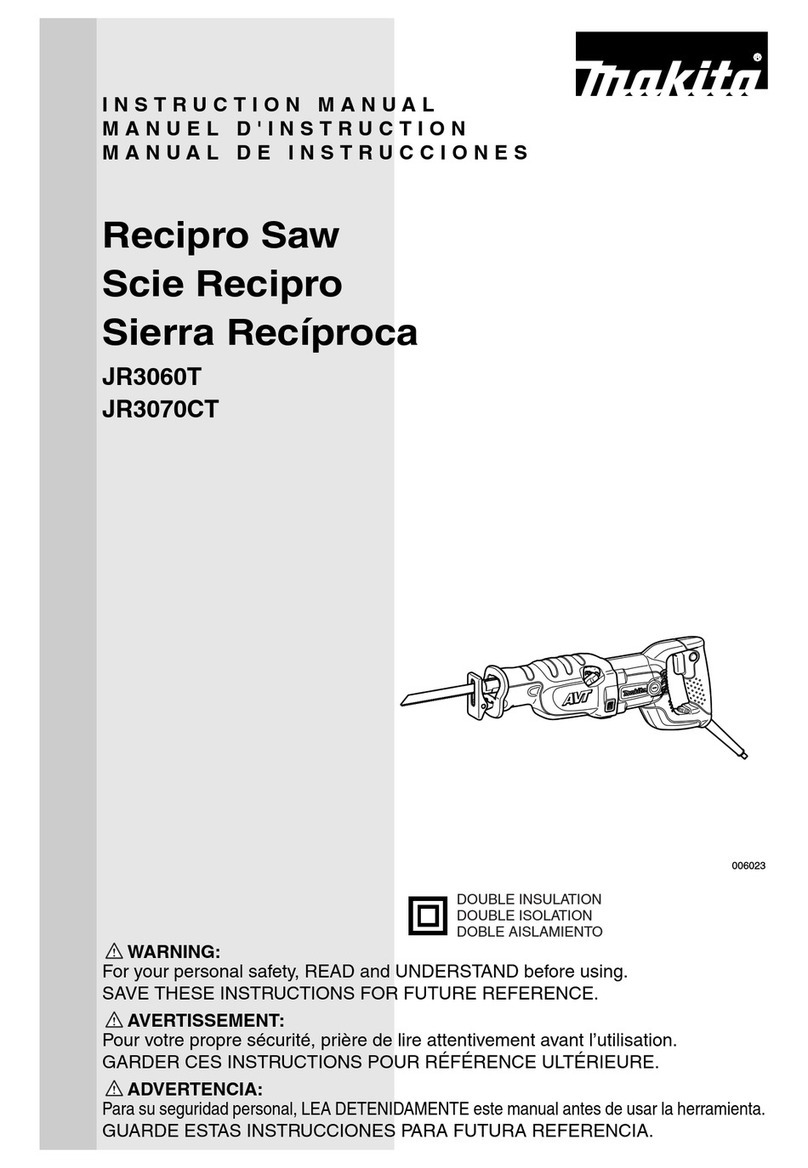
Makita
Makita JR3060T User manual
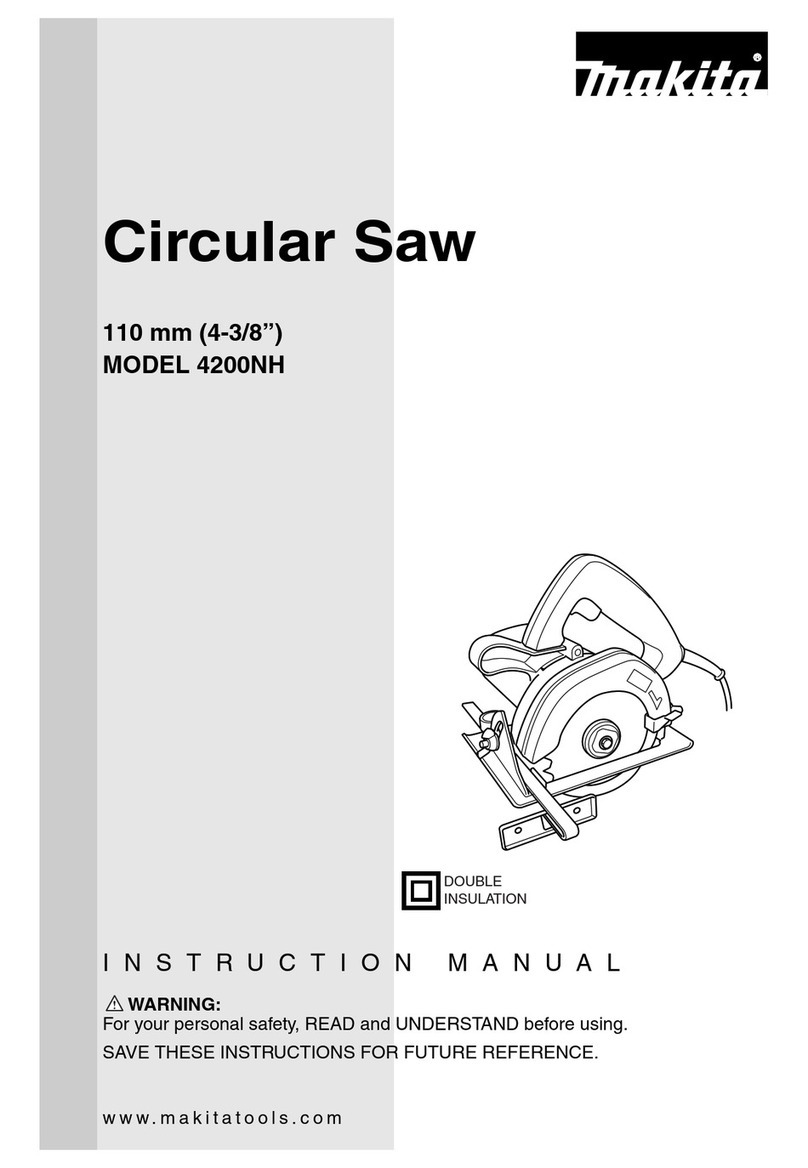
Makita
Makita 4200NH User manual
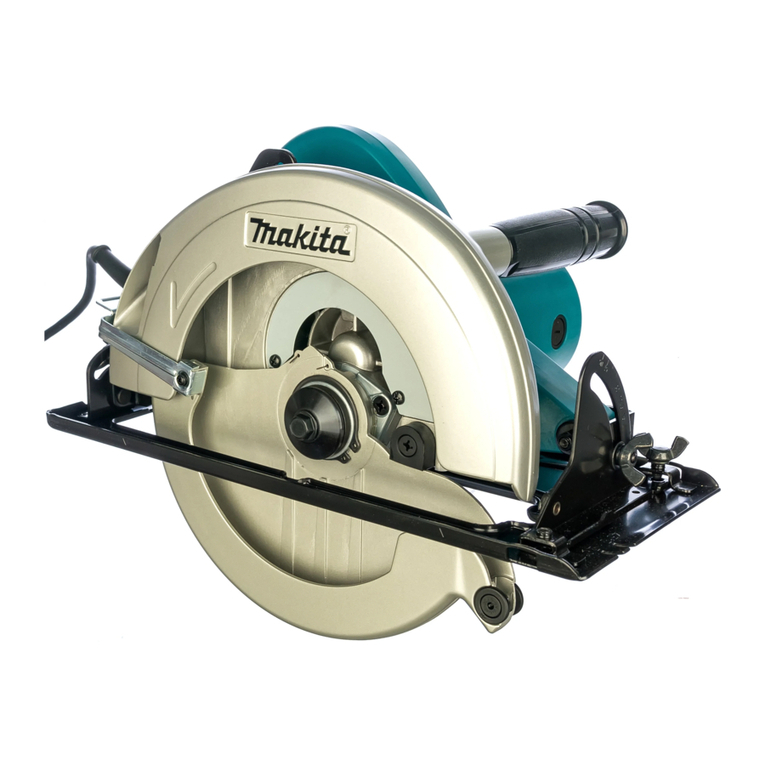
Makita
Makita N5900B User manual
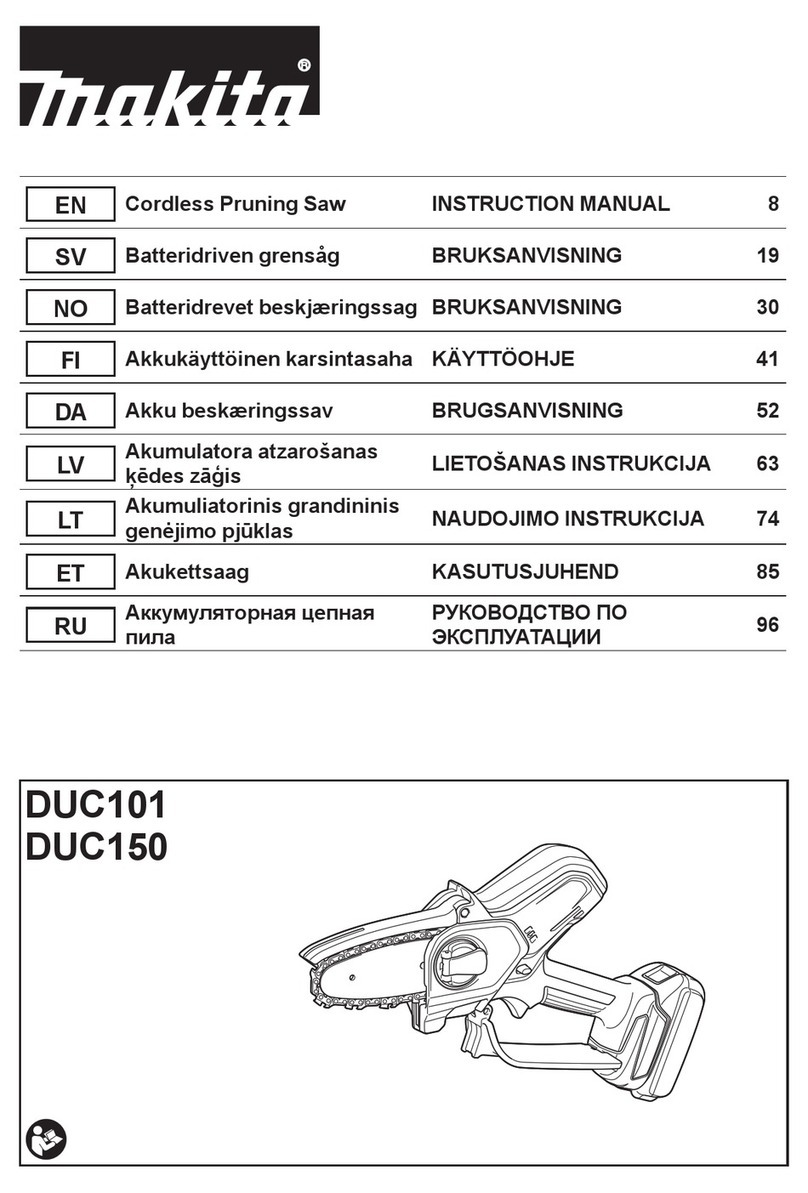
Makita
Makita DUC101 User manual
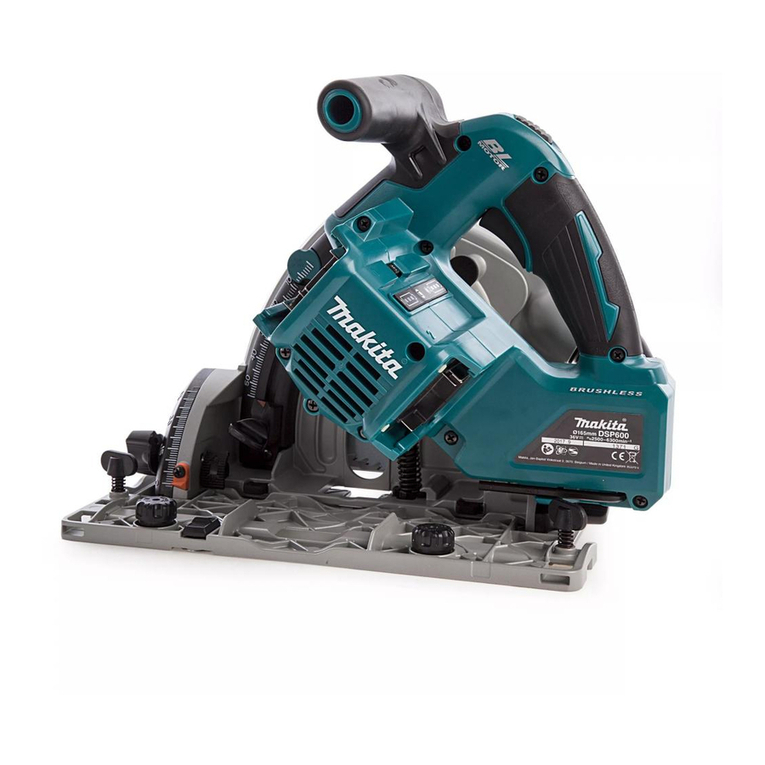
Makita
Makita DSP600 User manual

